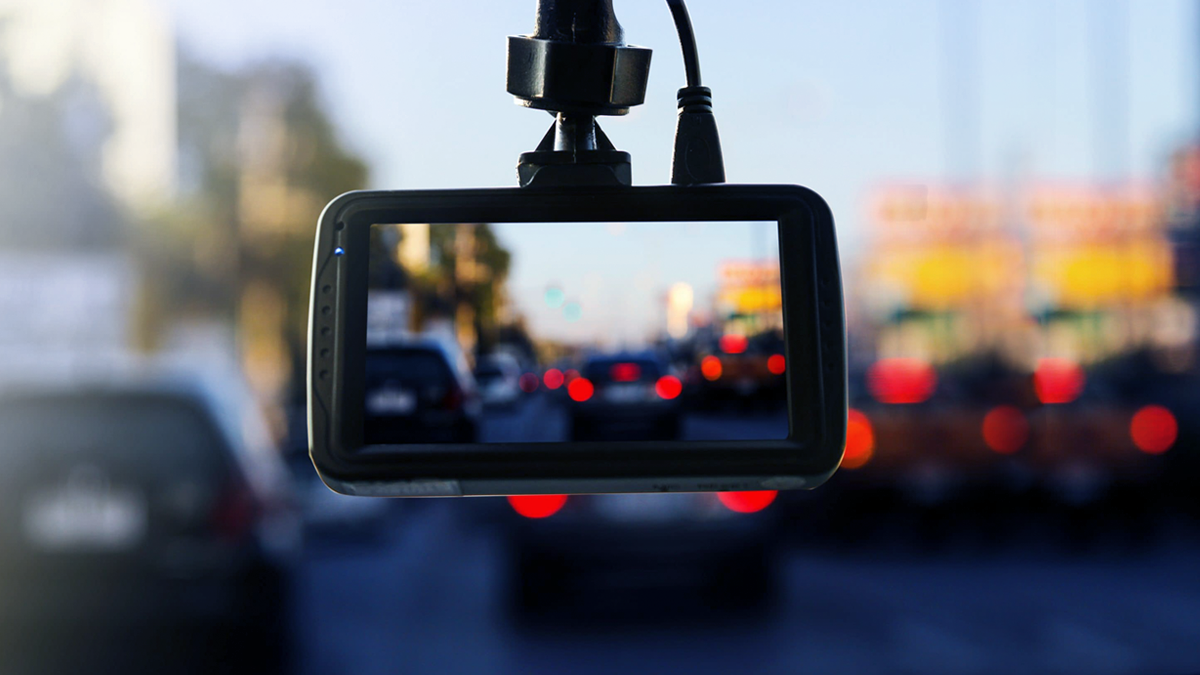Why dash cams with a GPS system are worth getting
July 6, 2022
Car dash cams – your personal car most likely has one, and if you’re a fleet owner you’ll find that dash cams with GPS vehicle tracking are a lifesaver if you need solid video proof for disputing accidents. However, did you know that dash cam recordings can also be used as safety training material for new drivers, and to provide alerts if a vehicle is tampered with? Here are some ways dash cams can benefit fleet companies, and even more so if they have GPS features.
What are car dash cams?
A dash cam also called a dashboard camera, is a small camera installed in any vehicle to capture driving footages. Some dash cams also record footages happening inside the vehicle.
Why fleet dash cams with a GPS tracking system are recommended for fleet companies
Dash cams either come with built-in GPS or need an external GPS device. With GPS enabled dash cams, footage is automatically uploaded on the cloud, enabling fleet companies to track vehicle speeds and past locations. In the event of an accident which will typically involve insurance claims, having video proof of your vehicle’s exact timestamped movements can be a huge advantage.
What are the advantages of having a car dash cam?
While you may be figuring out if dash cams are worth the investment, let’s look at the 5 reasons why more and more fleet owners are installing dash cams in their fleet.
1. Prevent false claims
The biggest benefit of having a dash cam is that in case of an accident, there is clear evidence of who is at fault. Fleet companies can use high-quality video evidence to win disputes over accidents. Many times, the party who is not at fault has to pay heavy fines due to inconclusive cases. With GPS enabled dash cams however, you can avoid hit and run incidents by catching the culprit with video footage, as well as prove that your drivers were not speeding.
2. Coaching
Dash cams can detect irresponsible or distracted driving and near-misses, which can be useful as coaching material for drivers. Individuals can also learn about their driving and adjust their driving etiquette where needed. It can also be used by companies to monitor the performance of their drivers. Companies can see who are their unsafe drivers and use dash cam recordings to educate new or bad drivers on improving their driving.
3. Reduce insurance cost
Some insurance companies might provide a discount for having a dash cam installed in your vehicle as it reduces the risk of vehicle damage and increases passenger safety. Check with your country’s auto insurance providers to see if they have any such offers.
4. Reduce wear and tear
Dash cams can provide alerts in the events of harsh driving and near misses so drivers can be more mindful when driving. This will in turn reduce wear and tear on your vehicles, hence decreasing the vehicle maintenance costs on top of preventing accidents from happening.
5. Increase vehicle security
Besides speed warning alerts, some dash cam models also come with alerts for vehicle tampering when the vehicle is parked. Delivery companies will benefit from this type of dash cam alerts as it will provide an extra layer of protection against goods theft during transport. For ride hailing service companies, forward facing dash cams are used to ensure the safety of drivers and passengers.
Features to consider when buying a car dash cam
If you are new to using dash cams or have only ever used a basic type, it may be a little daunting to check out the various dash cam features when shopping for one. Get to know the different features of modern dash cams below:
1. GPS
With real-time GPS car tracking, it is possible to identify the exact places of collisions. Dash cams with GPS features are commonly used in commercial fleets as having location data is extremely helpful in preventing false claims and reducing insurance costs.
2. Lens view
Dash cams with single lens only capture the view ahead, while dual dash cams have a second lens that captures activity inside the vehicle. To capture a broad field of view, you can go for a wide lens, but bear in mind that higher resolution is needed to maintain footage quality.
3. Artificial Intelligence
The most advanced dash cams now come with artificial intelligence (AI), which detects safety-related issues like distracted driving and can be used to monitor road conditions. Fleet companies can use AI powered dash cams to coach drivers on their driving weaknesses.
4. Wi-Fi
Wi-Fi features in dash cams will allow drivers to upload or download footage to their phone. Drivers can view captured video immediately after an accident has occurred and send it to their fleet managers for checking without having to make a trip back to the office.
5. Video resolution
Higher resolution dash cams are able to capture footage in full HD (1080p), making it easier to view vehicle number plates. Good resolution can come in handy in cases of vehicle damage or accidents caused by hit and runs.
6. Audio alerts
Built-in audio systems in dash cams help to detect unsafe driving behavior such as speeding, phone usage, harsh braking or acceleration or cornering by notifying drivers with audio alerts.
7. Night vision
Some dash cams are better adjusted to capture footage at night and in low light conditions. Night vision will ensure your footage will always be crystal clear even on night shift trips. Infrared dash cams are excellent for monitoring footage inside the car in the dark, whereas HDR is great for capturing license plates in poor lighting.
Dash cams are like an additional insurance for your car. Having a dash cam will always be better than not having one if an accident does happen and disputes start to get messy with a lack of evidence on your side. For commercial fleets, coupling GPS vehicle tracking with video analytics available from dash cams will not only improve driver safety, but also reduce accident and maintenance costs.
Interested in using dash cams with GPS fleet tracking? Talk to us at V3 anytime.

